Dog flatulence is a common issue that can range from mildly unpleasant to downright unbearable. While the occasional gassy episode is normal, frequent or excessive flatulence may indicate an underlying problem. Diet, digestion, food intolerances, and gut health all play a role in how much gas your dog produces. Understanding the cause of your dog’s flatulence can help you take steps to reduce it and keep the air in your home fresh.
Some dogs are naturally more prone to gas due to their breed or eating habits, while others may experience digestive issues from certain foods. Ingredients like dairy, low-quality fillers, or foods high in fat can contribute to excessive gas production. Making dietary adjustments, improving digestion, and promoting gut health can help minimize those unpleasant odors and keep your dog more comfortable.
If your pup has frequent gas, exploring ways to improve their digestion and overall diet can lead to a happier, healthier home for both of you.
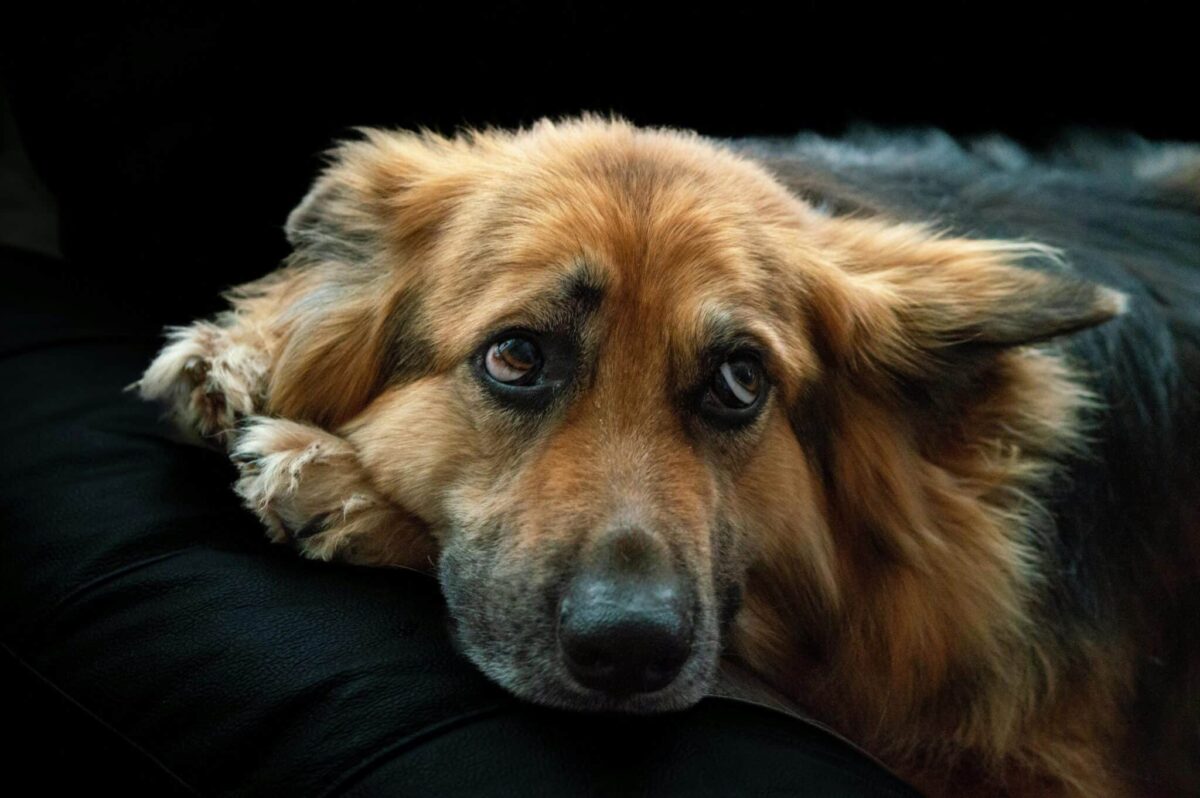
What Causes Dog Farts?
Although dog gas is not breed-specific, certain breeds seem to suffer more than others. Boxers are known for their room-clearing powers. Most barrel chest breeds (Great Danes, Bulldogs) are especially adept at emitting noxious fumes. That being said, this really is an individual issue. A Pomeranian has as much chance of being a dog gas bag as a Labrador.
What Can I Do About My Dog’s Gas?
There are several reasons a dog may get gassy. One may be his diet. Many commercial dog foods contain additives and fillers that are difficult for a dog to digest. Some dogs can’t handle human food at all, which will create a torrent of stink. A dog occasionally eats too fast. He may suck in as much air as food during a meal creating a wind lock in his GI tract. Let’s look at some of the reasons your dog may be gassy.
1. Medical Issue
There are also a few medical conditions where flatulence is an issue, such as Malabsorption Syndrome. In this condition, a dog may have mild to severe issues digesting food and absorbing nutrients. If you think the issue may be medical, discuss your concerns with your veterinarian.

2. Check his food ingredients
Assuming that the issue is dietary, there are a few things an owner can do to curtail the gas cloud hovering over the dog. Check the ingredients list of the commercial dog food he’s eating. The ingredients at the top of the list should be protein like beef, lamb, or chicken, not by-products or corn/soy fillers. Switch to a better-quality dog food and see if that improves the stink problem.
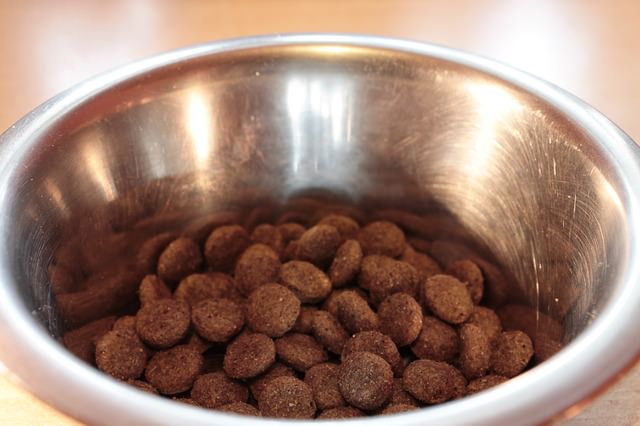
3. Change your dog’s diet
The commercial food he’s eating is high quality? Perhaps a discussion with the vet about changing over to a diet consisting of only meats and vegetables. Some dogs have a hard time processing any grains, and it manifests itself in various ways, such as chronic ear infections, yeast infections, or gassiness. If it isn’t the grains, it may be the soy, which is a popular filler in several brands of dog food. Moving over to a raw or home-cooked diet may eliminate the dietary issues plaguing the household.
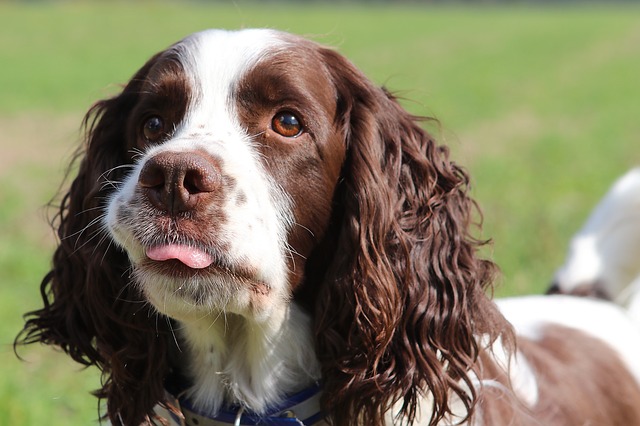
4. Slow your dog down
If a dog eats too fast, put a tennis ball on top of its food. The dog will have to move the tennis ball around to eat, which will slow him down and prevent him from gulping air with his meal.
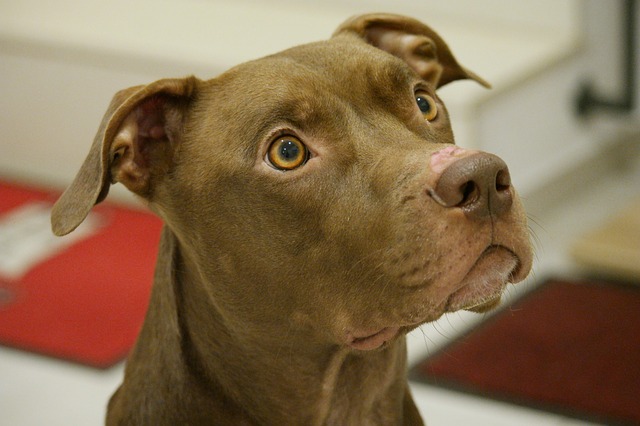
5. Work it out!
Sometimes, a dog needs more exercise to stimulate the gastrointestinal tract. A brisk walk for 30 minutes a day, 4-5 days a week, could help.
There is no reason to live in a gassy zone. After discussing it with the vet and making a few minor lifestyle adjustments, an owner will be able to breathe easier and maybe a little deeper.
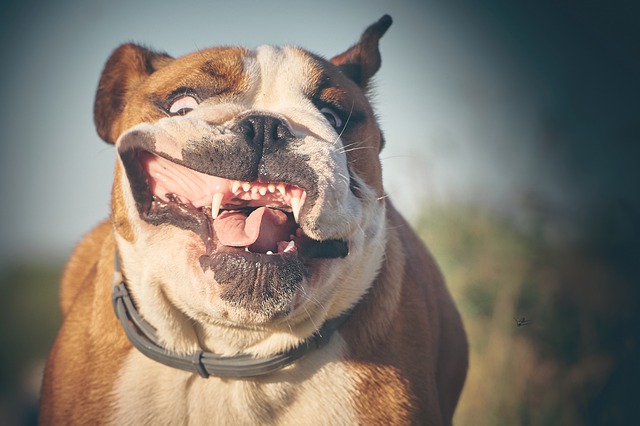
Helping Your Dog Digest Food More Comfortably
Reducing dog flatulence starts with understanding what’s causing it. By making changes to your dog’s diet, feeding routine, and gut health, you can help them digest food more efficiently and minimize excessive gas.
If your dog’s gas is persistent or accompanied by other digestive issues, consult your veterinarian to rule out any underlying health concerns. With the right adjustments, you can help your pup feel more comfortable while keeping your home free from unexpected odors.
